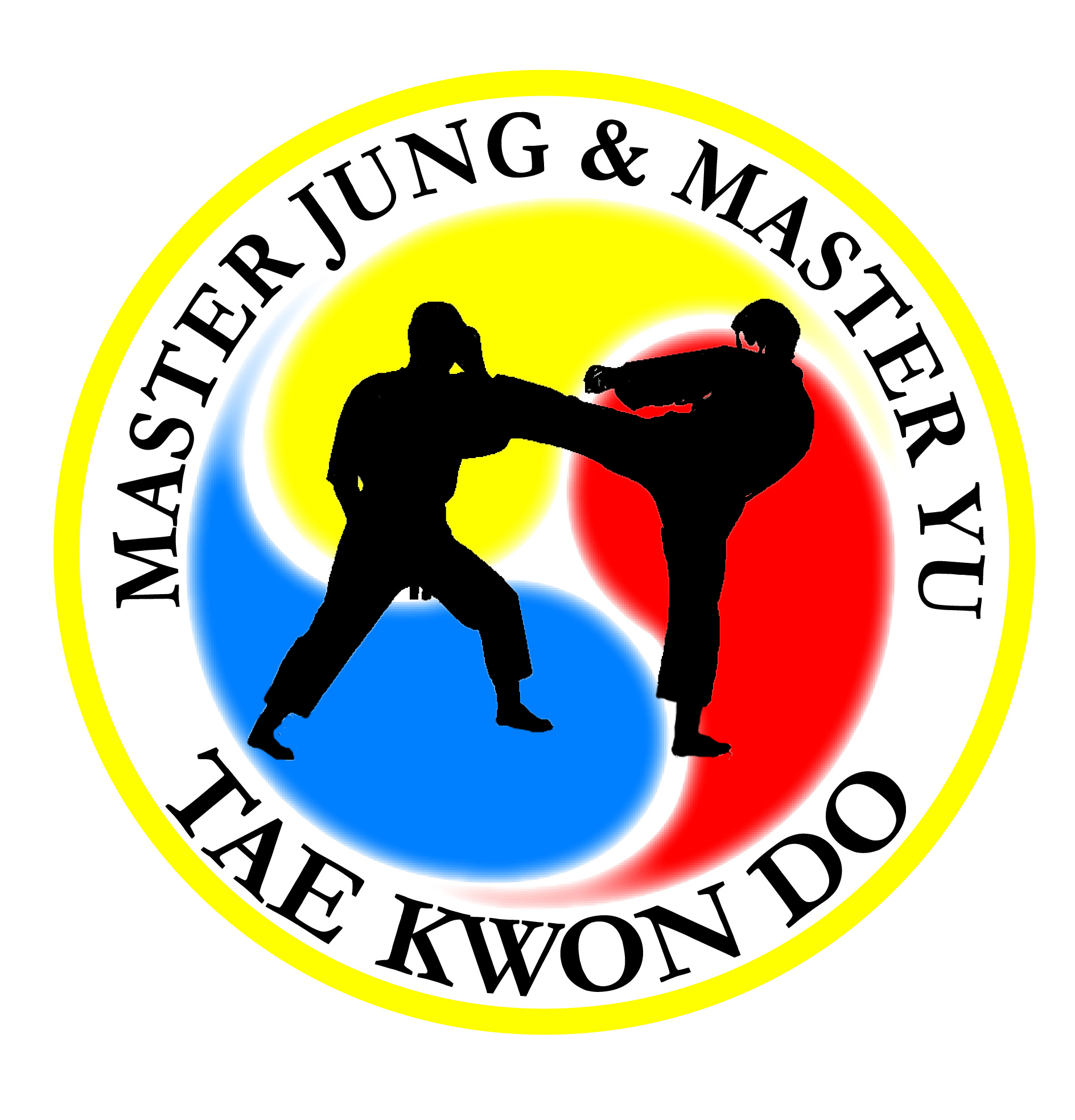Get the Best Family Activities
The value of the Asian number words is magnified when we begin to write numbers. For example, consider “twenty-seven.” The child who has learned that “twenty” is written 20 and “seven” is written 7 is likely to transcribe “twenty-seven” as 207. In contrast, the Chinese child would refer to this number as “two tens [and] seven”, which (in the corresponding Chinese characters) is written “2 tens 7,” and leading more easily to the final form of 27.
Mathematics educators recommend emulating Asian languages through the use of saying (or keeping) 10 numeration. Thus: A carton of eggs has “ten and two” eggs (or possibly “ten and eight”). Three quarters is “three tens and five” cents. There are “six tens” minutes in an hour.
Note that in the early 20th century, grammarians declared that "and" should not be used when giving whole numbers, and that number names are never pluralized. Thus, "ten and eight" is considered grammatically incorrect, as is "six tens." However, both of these serve as useful scaffolding, helpful for building understanding even if we must remove it later: thus, after “ten and nine” comes “ten and ten,” which readily becomes “two tens.”








.jpg)

